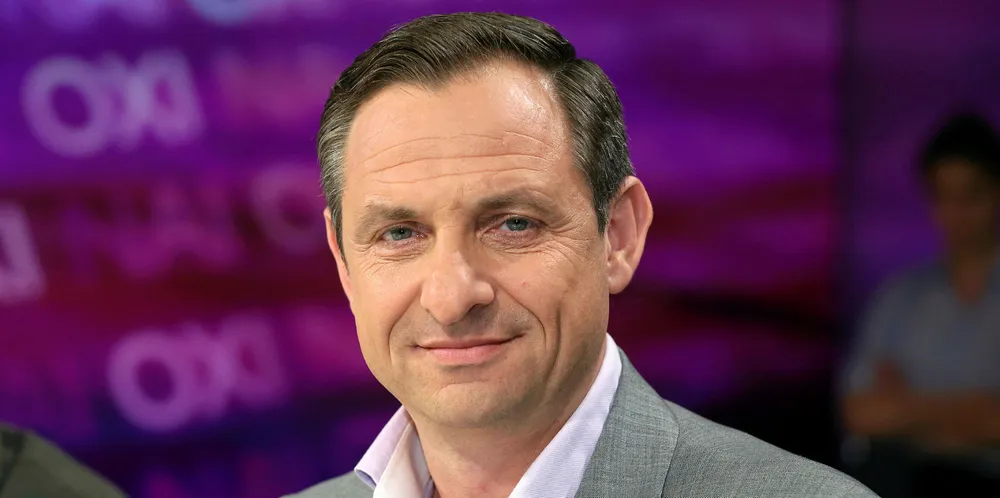'Making European hydrogen clean by 2030 will require €575bn of investment': report
Hydrogen Europe says that governmental bodies would need to spend €145bn on support, with a further €430bn of private investment, to produce the required green and blue hydrogen
